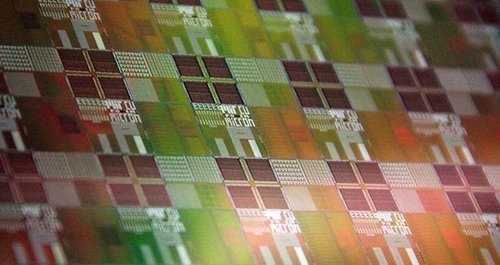Predicting an end to Moore’s law sometime in the next 20 years is probably foolish right now.
- The next 3 manufacturing nodes are all down to engineering. So predicting an end before 2020 is just clearly wrong.
- Research labs already have functioning CMOS photonics and graphene transistors. So the switching speeds of chips could skyrocket 10-20x even as transistor densities plateau. I’m pretty sure I would consider a 300GHz graphene processor or a 10THz photonic CPU a reasonable extension of the price/performance regime of Moore’s law even if the physical features on those chips grow in size during the initial production nodes for those respective technologies.
- Here’s the status of the next 20 years worth of technology nodes on Moore’s law. This doesn’t even take photonics, quantum computing, or reversible computing into account:
- 22nm chips = currently out
- 14nm chips = demoed and will be shipping in a few months
- 10nm chips = experts see “clear way” to do this
- 7nm chips = Silicon-Germanium transistors will work
- 4nm chips = prototypes 3 years ago for quantum computers
- 2nm chips = prototypes available 2 years ago
- 1nm chips = exotic graphene prototypes made 5 years ago
- 0.2nm chips = single atom transistors made last year

One Response to “Moore’s Law has foreseeable path to 2035”
October 22
MIRI's October Newsletter | Machine Intelligence Research Institute[…] Moore’s Law has Foreseeable Path to 2035 […]